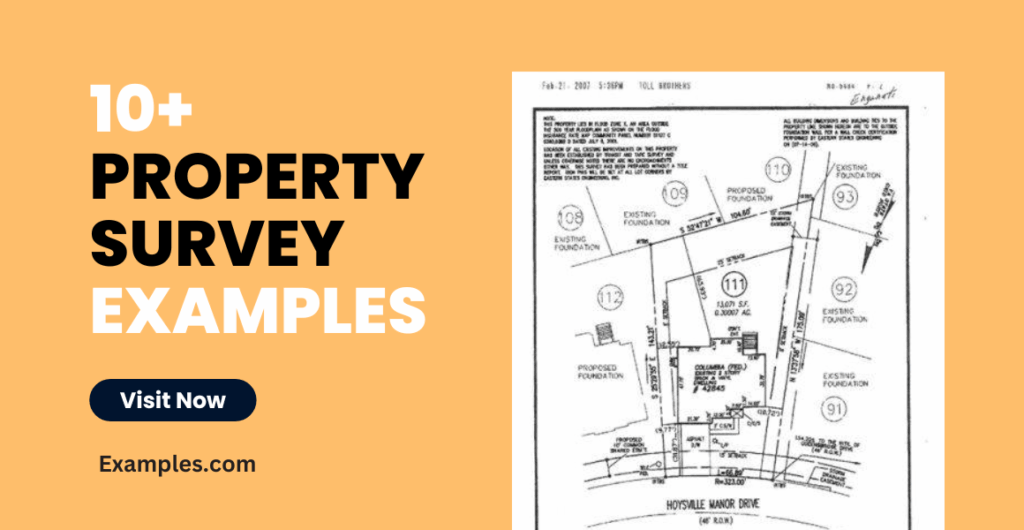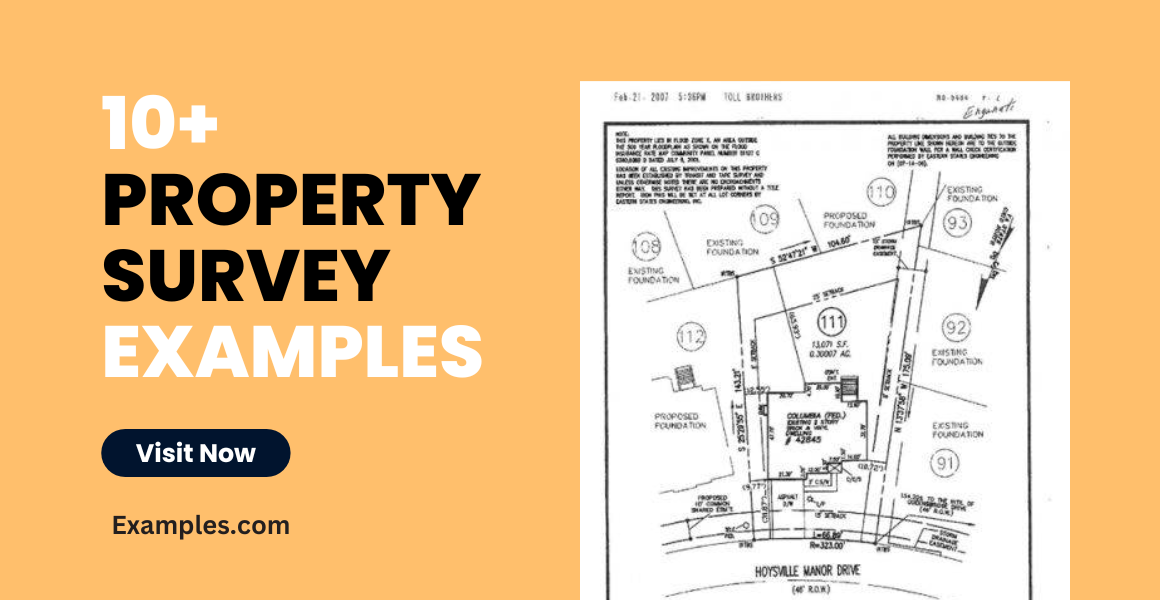
Property Line Survey for Fence: A Comprehensive Guide
Building a fence can significantly enhance your property’s privacy, security, and aesthetic appeal. However, before you even think about picking out materials or hiring a contractor, understanding your property lines is paramount. This is where a property line survey for fence comes into play. A property line survey for fence isn’t just a formality; it’s a crucial step that can prevent costly disputes, legal headaches, and potential property damage down the road. This comprehensive guide will walk you through everything you need to know about property line surveys for fences, from what they are and why they’re important to how to obtain one and what to do with the results.
What is a Property Line Survey?
A property line survey is a professional service that accurately determines and marks the boundaries of your property. It involves a licensed surveyor using specialized equipment and techniques to locate the exact corners and lines as defined by your property’s legal description (typically found in your deed). The surveyor will then physically mark these boundaries, often with stakes, flags, or other visible markers.
Key Components of a Property Line Survey
- Research: The surveyor will start by researching your property’s deed, plat maps, and other relevant legal documents at the local county recorder’s office. This research helps them understand the property’s history and any existing easements or encumbrances.
- Fieldwork: The surveyor will then visit your property and use surveying instruments like total stations, GPS devices, and robotic surveying systems to locate existing property corners and lines. They will also consider physical evidence like fences, walls, and other structures.
- Calculations: Using the data collected in the field, the surveyor will perform precise calculations to determine the exact location of your property boundaries.
- Marking: Once the boundaries are determined, the surveyor will mark them with stakes, flags, or other visible markers. These markers serve as a visual representation of your property lines.
- Plat/Survey Drawing: The surveyor will provide you with a plat or survey drawing, which is a detailed map of your property showing the location of the boundaries, any improvements (like buildings and fences), and any easements or encumbrances.
Why is a Property Line Survey for Fence Important?
Installing a fence without a property line survey can be a risky proposition. Here’s why it’s so important:
- Avoiding Encroachment: The most obvious reason is to avoid encroaching on your neighbor’s property. Building a fence even a few inches over the property line can lead to legal disputes, costly removal and reconstruction of the fence, and strained relationships with your neighbors.
- Legal Compliance: Many local ordinances and homeowners associations (HOAs) require a property line survey before you can build a fence. This is to ensure that the fence complies with setback requirements and other regulations.
- Protecting Your Investment: A fence is a significant investment. A property line survey protects that investment by ensuring that the fence is built on your property and in accordance with all applicable regulations.
- Preventing Disputes: Even if your neighbors seem friendly, disputes can arise over property lines. A property line survey provides a clear and objective record of your property boundaries, which can help prevent or resolve disputes.
- Accurate Property Valuation: Knowing the precise boundaries of your property is crucial for accurate property valuation. This is especially important if you plan to sell your property in the future.
When Do You Need a Property Line Survey for Fence?
While it’s always a good idea to have a property line survey before building a fence, there are certain situations where it’s particularly important:
- Uncertain Boundaries: If you’re unsure about the exact location of your property lines, a survey is essential. This is especially true if the existing markers are missing or unclear.
- Recent Purchase: If you’ve recently purchased a property, a survey can help you verify the boundaries and ensure that there are no encroachments.
- Neighbor Disputes: If you’re having a dispute with your neighbor over the property line, a survey can provide a definitive resolution.
- Building Permits: As mentioned earlier, many local governments require a survey before issuing a building permit for a fence.
- Older Properties: Boundaries on older properties may be less clearly defined or accurately marked, making a survey particularly important.
How to Obtain a Property Line Survey
Obtaining a property line survey for fence involves several steps:
- Find a Licensed Surveyor: The first step is to find a licensed surveyor in your area. You can search online or ask for recommendations from friends, family, or real estate professionals. Ensure the surveyor is licensed to practice in your state.
- Request a Quote: Contact several surveyors and request a quote for the survey. Be sure to provide them with as much information as possible about your property, including the address, legal description, and any existing survey information.
- Review the Contract: Before hiring a surveyor, carefully review the contract. Make sure it clearly outlines the scope of work, the cost, and the timeline.
- Schedule the Survey: Once you’ve hired a surveyor, schedule the survey. The surveyor will typically need access to your property and may need to coordinate with your neighbors.
- Review the Results: After the survey is complete, the surveyor will provide you with a plat or survey drawing. Review the results carefully and ask the surveyor any questions you may have.
Cost of a Property Line Survey
The cost of a property line survey can vary depending on several factors, including:
- Property Size: Larger properties typically require more time and effort to survey, which can increase the cost.
- Terrain: Properties with difficult terrain, such as steep slopes or dense vegetation, can also increase the cost.
- Location: Survey costs can vary depending on the location of your property. Surveyors in urban areas may charge more than those in rural areas.
- Complexity: If your property has a complex legal description or if there are any existing disputes, the survey may be more expensive.
Generally, you can expect to pay anywhere from $500 to $1,500 or more for a property line survey. It’s always a good idea to get quotes from several surveyors to compare prices.
Understanding Your Survey Results
Once you receive your survey results, it’s important to understand what they mean. The plat or survey drawing will show the location of your property boundaries, any improvements (like buildings and fences), and any easements or encumbrances.
Key Elements to Look For
- Property Lines: The property lines will be clearly marked on the plat. These lines represent the legal boundaries of your property.
- Property Corners: The property corners will be marked with symbols, such as circles or squares. These corners are the points where the property lines intersect.
- Measurements: The plat will include measurements of the property lines and distances to improvements. These measurements are important for ensuring that your fence is built in the correct location.
- Easements: An easement is a right granted to another party to use your property for a specific purpose. Easements can affect where you can build your fence.
- Setback Lines: Setback lines are the minimum distances that a building or structure must be set back from the property line. Your fence must comply with these setback requirements.
What to Do After the Survey
After you’ve received and understood your survey results, you can proceed with building your fence. Here are a few things to keep in mind:
- Obtain Permits: Make sure you obtain all necessary building permits before starting construction.
- Follow Setback Requirements: Ensure that your fence complies with all setback requirements.
- Communicate with Your Neighbors: It’s always a good idea to communicate with your neighbors about your plans to build a fence. This can help prevent disputes and maintain good relationships.
- Hire a Qualified Contractor: If you’re not comfortable building the fence yourself, hire a qualified contractor.
Potential Problems and Solutions
Even with a property line survey, problems can sometimes arise. Here are a few common issues and how to address them:
- Encroachments: If the survey reveals that a neighboring structure encroaches on your property, you’ll need to work with your neighbor to resolve the issue. This may involve moving the structure or negotiating an easement.
- Discrepancies: If you find discrepancies between the survey results and your understanding of the property lines, contact the surveyor to clarify the issue.
- Easements: If there are easements on your property, you’ll need to ensure that your fence doesn’t interfere with the easement rights.
Conclusion
A property line survey for fence is an essential investment that can save you time, money, and headaches in the long run. By understanding your property boundaries, you can avoid disputes, comply with regulations, and protect your investment. Before you start building your fence, take the time to obtain a property line survey and ensure that you’re building on solid ground. Remember that a property line survey for fence is more than just a piece of paper; it’s peace of mind.
Investing in a property line survey for fence is a responsible decision that demonstrates respect for your neighbors and adherence to legal requirements. Don’t underestimate the value of knowing exactly where your property begins and ends. It’s the foundation for a successful and harmonious fencing project. Consider this guide your starting point for understanding the importance of a property line survey for fence and taking the necessary steps to protect your property rights.
[See also: Understanding Easements and Property Rights]
[See also: How to Choose the Right Fence for Your Property]

